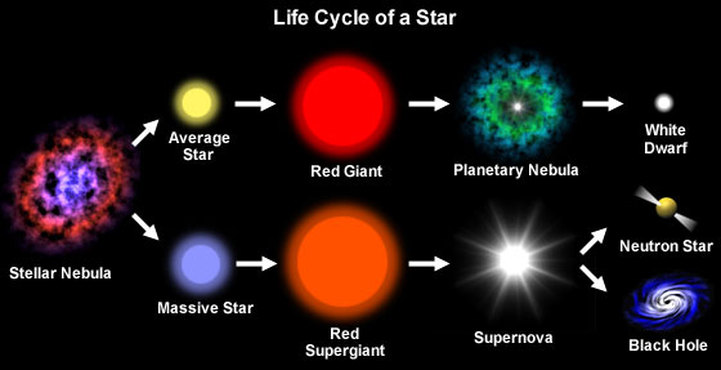Supernova ASASSN-15lh
Supernova from InEnArt on Vimeo.
Stunned astronomers have witnessed a cosmic explosion about 200 times more powerful than a typical supernova — events which already rank amongst the mightiest outbursts in the universe — and more than twice as luminous as the previous record-holding supernova.
At its peak intensity, the explosion — called ASASSN-15lh — shone with 570 billion times the brightness of the Sun. This luminosity level is approximately 20 times the entire output of the 100 billion stars comprising our Milky Way galaxy.
As described in a new study published today in Science, ASASSN-15lh is amongst the closest superluminous supernovae ever beheld, at around 3.8 billion light-years away. Given its uncanny brightness and closeness, ASASSN-15lh might offer key clues in unlocking the secrets of this baffling class of celestial detonations.
“ASASSN-15lh is the most powerful supernova discovered in human history,” said study lead author Subo Dong, an astronomer and a Youth Qianren Research Professor at the Kavli Institute for Astronomy and Astrophysics (KIAA) at Peking University. “The explosion’s mechanism and power source remain shrouded in mystery because all known theories meet serious challenges in explaining the immense amount of energy ASASSN-15lh has radiated.”
A supernova is the explosive death of a star, which unleashes a burst of light through the cosmos. Supernovas happen in two different ways:
- When massive stars run out of fresh nuclear fuel, there is no more pressure to sustain them against their own weight. The central part of such a star then collapses. The outer layers of the star fall in on the core and then rebound in a tremendous explosion.
- Matter piling up on the compressed core of an already-dead star, known as a white dwarf, can reach sufficient density to trigger a thermonuclear explosion.
These violent deaths occur about once a century in a typical spiral galaxy like our Milky Way. Supernovas blaze so brightly that they can be seen at distances of up to 10 billion light years. Light from these distant supernovas can tell us how the behavior of the universe has changed during the several billion years of the light’s journey to Earth.
Black holes of stellar mass are expected to form when very massive stars collapse at the end of their life cycle. After a black hole has formed, it can continue to grow by absorbing mass from its surroundings. By absorbing other stars and merging with other black holes, supermassive black holes of millions of solar masses may form. There is general consensus that supermassive black holes exist in the centers of most galaxies.
Related Posts
Tags: ASASSN-15lh, Blackhole, space, Supernova, universe
Trackback from your site.





